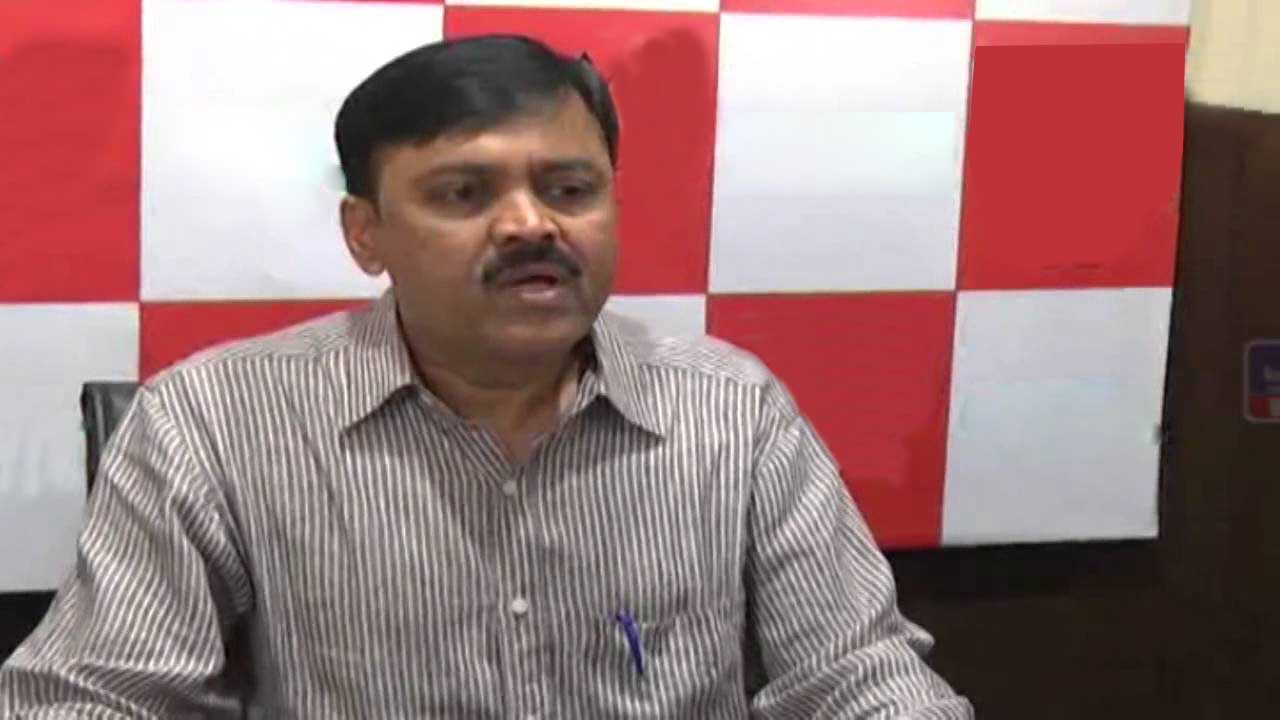
‘GST alone will add 2 percentage points to GDP growth’
by Manishika Miglani
It’s been three years since the Narendra Modi-led government came into power and announced a slew of measures to revive the investment climate of the country since then. In an interview with The Dollar Business, G.V.L. Narsimha Rao, Spokesperson, BJP, talks about the performance of the government, so far, and the party’s roadmap for further leveraging the business sentiment of the nation.
TDB: The government has focussed on consolidating the investment scenario of the country? Has it been successful in achieving its targets?
G. V. L. Narsimha Rao (GVL): At a time when global FDI inflows have turned negative, India has experienced the highest growth in the sector in the last three years. So, our government has been very successful in boosting the FDI scenario of the country. We will see a bigger spike in it with a huge focus on the PM’s “Make in India” initiative. The inflows will further increase with the kind of relaxations we have made in terms of foreign investments in different sectors like railways, etc.
On the domestic front too, investments are picking up with the expected cost of credit going down. This is required to increase the industrial output and pave a way for creation of jobs.
TDB: Speaking about employment generation, how far has the government reached in pursuing the same?
GVL: The government cannot create large-scale employment in the organised sector in the short-term because the investments made have a gestation period. So, it will take us some time before we manage to do so — which is an on-going focus of our government. Having said this, we have been able to create considerable amount of employment in the unorganised sector. For example, more than 3.5 crore people have benefitted from the Micro Units Development & Refinance Agency (MUDRA) scheme, where loans are given by the banking sector for self-employment. This has contributed hugely to the employment potential. Besides this, there is a lot of focus on “Skill India” which will increase the employability of the workforce and “Stand-Up India” where banks have been asked to fund enterprises of weaker sections. We certainly need to create more jobs for our educated youth in the organised sector, where our work is currently in progress.
TDB: How is the government trying to expand the “Make in India” reach in different sectors?
GVL: In defence, the government prefers the “Make in India” initiative when it comes to acquisitions and purchases. For example, fighter planes will be manufactured as a joint venture (JV) between a French company and an Indian company. There are a lot of JVs coming up in the railways as well.
The core focus of “Make in India” initiative is to involve a lot of technology transfer so that we not only create investments and jobs but also get the requisite technology. This can be reflected in the international visits of the Prime Minister (involving head of states) which have always led to the issuance of joint statements focussed heavily on technology and its transfer.
This initiative is bound to flourish in sectors such as automobile, defence, railways, etc. Therefore, the government is currently encouraging manufacturing for these sectors that are dependent on outside supplies and are exporting out of India at the same time.
TDB: Do you think the move of demonetisation has managed to achieve its goal of eradicating black money from the country?
GVL: The move has contributed immensely towards the cause it was announced for but a step like this cannot take care of black money eradication in the future. A lot of other steps will be taken in addition to this to ensure that black money generation is difficult in the days to come. The idea of a digital and a cashless economy are aimed in this direction. Therefore, demonetisation per say, is not going to curb black money forever but it has brought back the money in circulation, which was lying unused.
The move has also brought in transparency in terms of ownership of the unaccountable wealth. The amount of black money retrieved will be known once people themselves acknowledge the share of such wealth and pay taxes. And the IT department is also bound to ask the source of money deposited by people.
Demonetisation was a big step in black money eradication at this point of time. But the likeliness of black money generation in the future can only be curbed by taking concomitant steps. One such step that the government is working towards is by promoting digital payments. It would be followed by more steps that will consider parallel economy which forms a quarter of our GDP. The idea would be to reduce the size of the parallel economy and minimise it to the maximum extent.
TDB: How will GST impact the economy? How is the government planning to address the loopholes highlighted in the new regime by different sectors?
GVL: GST is likely to increase the overall size of the economy with the unification and simplification of taxes. It will alone add 2 percentage points to the GDP growth. So, we could be looking at a double-digit growth on the back of the economy getting a kick-start along with GST giving it a further push.
There is nothing called total perfection if you talk about concerns raised by different sectors in terms of the reform having certain loopholes. We see it as a reform which has been in the works for several years and will help in improving the current economic scenario, if not change it completely.
TDB: Has the government been able to incentivise exports? How do you see the growth of the MSME sector with respect to measures taken by the government so far?
GVL: The exports have gone down over the last few years, but, that can be attributed to many factors. It is more to do with global reasons than issues pertaining to the domestic market. Our government will certainly have to turn this negative growth into positive and we are working on several measures to revive the same.
MSME is a sector that has contributed to large-scale growth in the economy and has also given employment to a huge number of people. While addressing the nation on December 31, 2016, the PM also announced specific measures for encouraging the sector in terms of interest subventions to meet the cost of capital. Both, the availability and the cost of capital are very important for ensuring the growth of the MSMEs.
TDB: What is the government’s roadmap for consolidating investments in the country?
GVL: In terms of a roadmap, the government has a keen interest in ensuring that there is more investment – both domestic and foreign. The FDI inflows have been very encouraging so far and we have witnessed the highest number of inflows than any other country. The domestic sentiment, thus, will be our priority in addition to increasing these inflows. With the expected fall in interest rate and banks being plush with funds, we see the cost of capital going down, leading to private investments picking up. As far as the public sector is concerned, the government has already made huge investments in the infrastructure sector and it is the private investments that need a fillip. But, the overall focus of the government will remain to cater to both these areas, perhaps with a different strategy and impetus.





